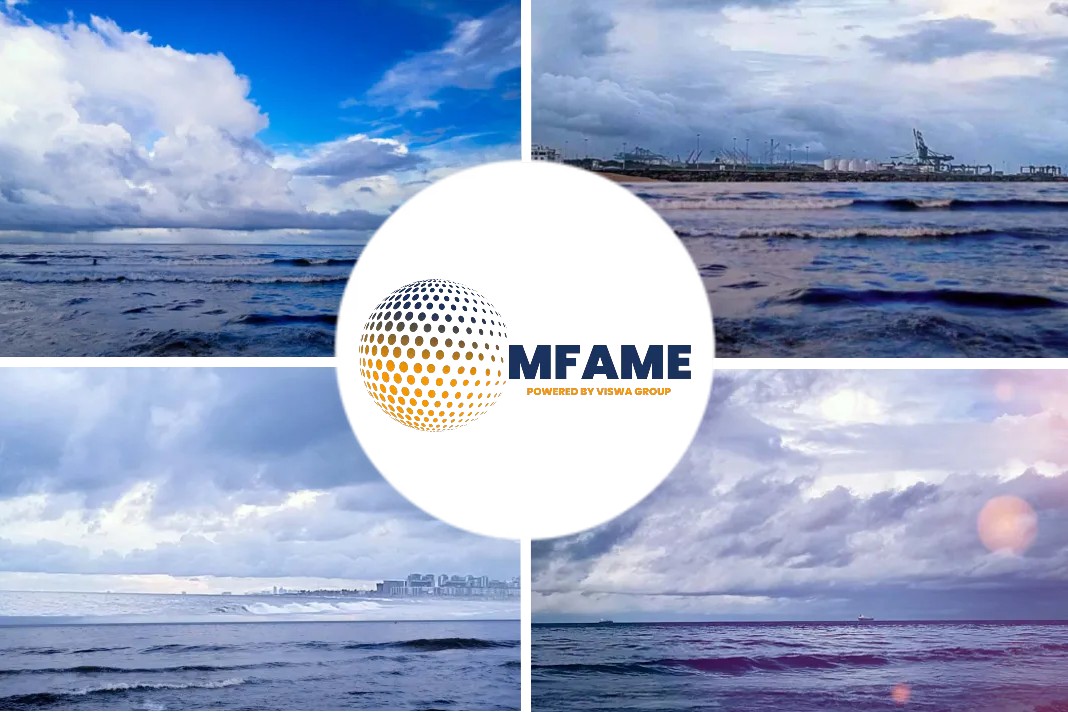- The Costa Group – which includes the Costa Cruises and AIDA Cruises brands – was the first to pioneer LNG on cruise ships.
- Its LNG-powered ships include AIDAnova and Costa Smeralda, already in service; Costa Toscana, delivered in Q4 2021; and AIDACosma, coming soon.
Costa Cruises has applied lessons learned to its third LNG-powered cruise ship, Costa Toscana, says an article published in Riviera Maritime Media.
The first cruise company to use LNG
Carnival Corp senior vice president maritime affairs Tom Strang tells PST, “Costa Toscana was part of an order including nine different LNG-powered ships, pioneering a new era in the use of low-carbon fuels. The first of these ships to enter service was AIDAnova in 2018, followed by Costa Smeralda in 2019. Many factors influenced Carnival Corp’s decision to be the world’s first cruise company to use LNG to power ships. But ultimately, when the company considered the environmental benefits of LNG in combination with recent changes in regulatory and supply chain factors, it all aligned in favour of building the world’s first LNG-powered cruise ships.”
Improvements and Modifications
He says there are lessons learned from the previous sister ships. Mr. Strang says examples include “improvements to the nitrogen pressure topping up for double feed-through outside of the tank connection space that makes the activity safer, faster and more convenient; bunker station modifications to make operations more efficient and safer; additional N2 purge connections for vent lines, allowing for better purging of the entire vent lines; gas fuel supply lines valves’ design; tanks cooling down procedures, and minor changes to automation.”
Costa Toscana and its sister LNG-fuelled ships have been built by Meyer Turku shipyard. Meyer Turku has built the LNG tanks in-house, tailor-making them for the Costa newbuilds. The fuel is stored in these type C tanks at a working pressure of 0.7 bars. The tanks are in their own hold spaces and the engine room spaces have double-wall pipes used for gas lines and gas control valves located in their own safe spaces.
Benefits of LNG tanks
Explaining the benefits of having the LNG tanks built in-house by the shipyard, Mr. Strang says, “Main benefits are ease of design, no supply chain issues, with long transport risk avoided, that provides more time to fine-tune plant and oversight. It also allows the yard to maintain its Intellectual Property and knowledge in advanced technologies.”
Costa Toscana will start operating on 5 March 2022, offering one-week cruises in the western Mediterranean. Mr. Strang says, “As for Costa Smeralda, also Costa Toscana will initially be bunkered in Barcelona, using the existing LNG bunker vessel ship-to-ship supply chain we have built together with our partner Shell. We have successfully carried out more than 125 ship bunker vessel operations.”
Environmental impact
In addition to being powered by LNG, the ship features a series of technological innovations designed to further reduce its environmental impact.
Freshwater is produced on board with two different systems: evaporators use excess heat from the exhaust gas to produce steam to be used in evaporators to heat up evaporated seawater and then condense steam as freshwater. As a result, pure H2O is produced.
Three reverse osmosis plants are also used for freshwater production where seawater is pumped in high pressure through a special membrane to remove salinity and impurities resulting in pure H2O production. Minerals are later added to eliminate corrosion on piping and equipment for both methods.
Optimisation
In addition to these two technologies, Costa Cruises can also bunker water from shore facilities. The main electricity consumer, besides propulsion, is the ventilation and cooling throughout the vessel. This can be optimised using variable frequency drives to run HVAC machinery in optimal condition and thus reducing energy consumption. Chilled water for ventilation is produced with four heat pump chillers, dumping excess heat into the sea.
Costa Cruises tells PST, “This is more efficient than using traditional screw compressors for chilled water. This chilled water is also used locally in-cabin fan coil units to locally adjust cabin temperatures as per passenger preferences.”
Propulsion energy requirements have been minimised during the design phase of the vessel and hull to optimise performance. This includes the bulbous bow, hull shape, and fin stabiliser optimisation.
Costa Cruises says, as a result, total energy consumption is significantly less than on a ’traditional’ vessel.
Garbage management plan
Costa Toscana, like all the other Costa ships, follows strict procedures for garbage handling and disposal, which are outlined in the ship’s Garbage Management Plan, developed pursuant to Marpol requirements, and intended to meet the objectives of the Company’s environmental management system, namely, to ensure that garbage generated on board is appropriately and compliantly processed and disposed of.
The ship generates different types of garbage daily that must be managed differently. For this reason, 100% of waste is sorted. Sorted waste is stored and labeled in the proper ship storage areas to be disposed. Garbage processing leads to a reduced waste volume.
Costa Cruises says, “There are several processing procedures that are performed onboard, as the use of compactors and other such devices that reduce shipboard space requirements for storing garbage, making it easier to discharge the garbage at port reception facilities and later recycling procedures.”
Costa’s new flagship is a tribute to Tuscany, the result of a creative project curated by Adam D Tihany, designed to enhance and bring to life the best of this Italian region.
Costa Cruises said, “The furnishings, lighting, fabrics, and accessories will all be made in Italy and designed specifically for Costa Toscana by 15 partners who are highly representative of Italian excellence. The offer onboard will be perfectly integrated with this extraordinary context: from the Solemio Spa to other areas dedicated to entertainment, from thematic coffee bars created in collaboration with major Italian brands to the 16 restaurants and areas dedicated to the food experience.”
Did you subscribe to our daily Newsletter?
It’s Free! Click here to Subscribe
Source: Riviera Maritime Media



















